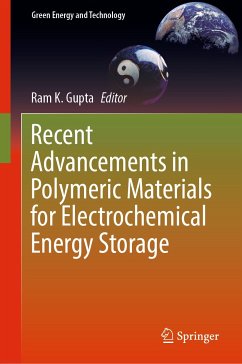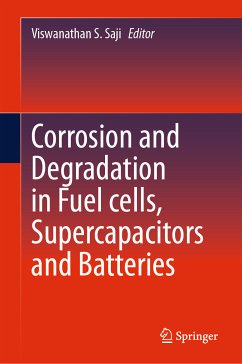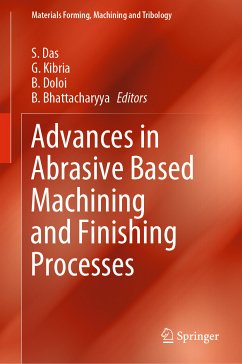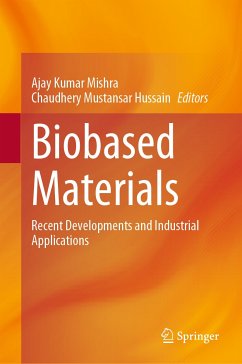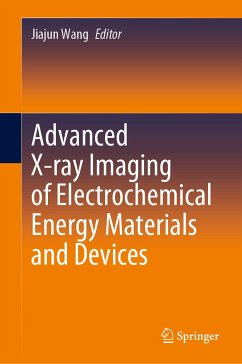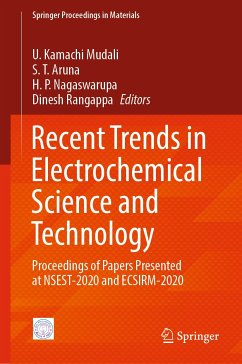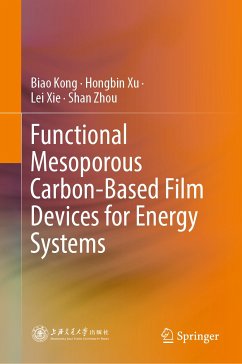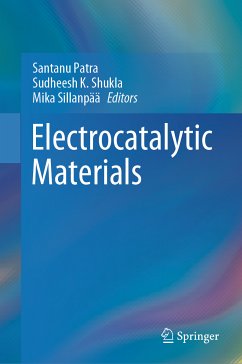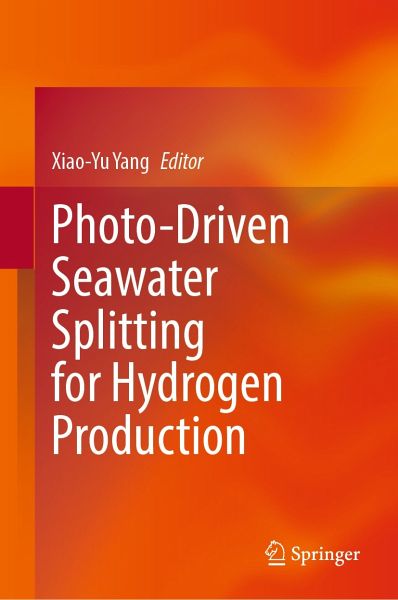
Photo-Driven Seawater Splitting for Hydrogen Production (eBook, PDF)
Versandkostenfrei!
Sofort per Download lieferbar
128,95 €
inkl. MwSt.
Weitere Ausgaben:

PAYBACK Punkte
64 °P sammeln!
This book presents photo-driven seawater splitting technologies for hydrogen production. This technology is considered as a win-win interplay for both the utilization of solar energy as the most renewable energy and seawater as the most hydrogen source. The book also discusses topics from raw materials selection, characterization and mechanistic insights to the latest research developments in response to the need for environmentally friendly and low-carbon industries. In addition, it provides insights into a most attractive energy-conversion and storage cascade by combining solar energy and a ...
This book presents photo-driven seawater splitting technologies for hydrogen production. This technology is considered as a win-win interplay for both the utilization of solar energy as the most renewable energy and seawater as the most hydrogen source. The book also discusses topics from raw materials selection, characterization and mechanistic insights to the latest research developments in response to the need for environmentally friendly and low-carbon industries. In addition, it provides insights into a most attractive energy-conversion and storage cascade by combining solar energy and a hydrogen system. Given its scope, this book appeals to a broad readership, particularly professionals at universities and scientific research institutes, as well as practitioners in industry.
Dieser Download kann aus rechtlichen Gründen nur mit Rechnungsadresse in A, B, BG, CY, CZ, D, DK, EW, E, FIN, F, GR, HR, H, IRL, I, LT, L, LR, M, NL, PL, P, R, S, SLO, SK ausgeliefert werden.





